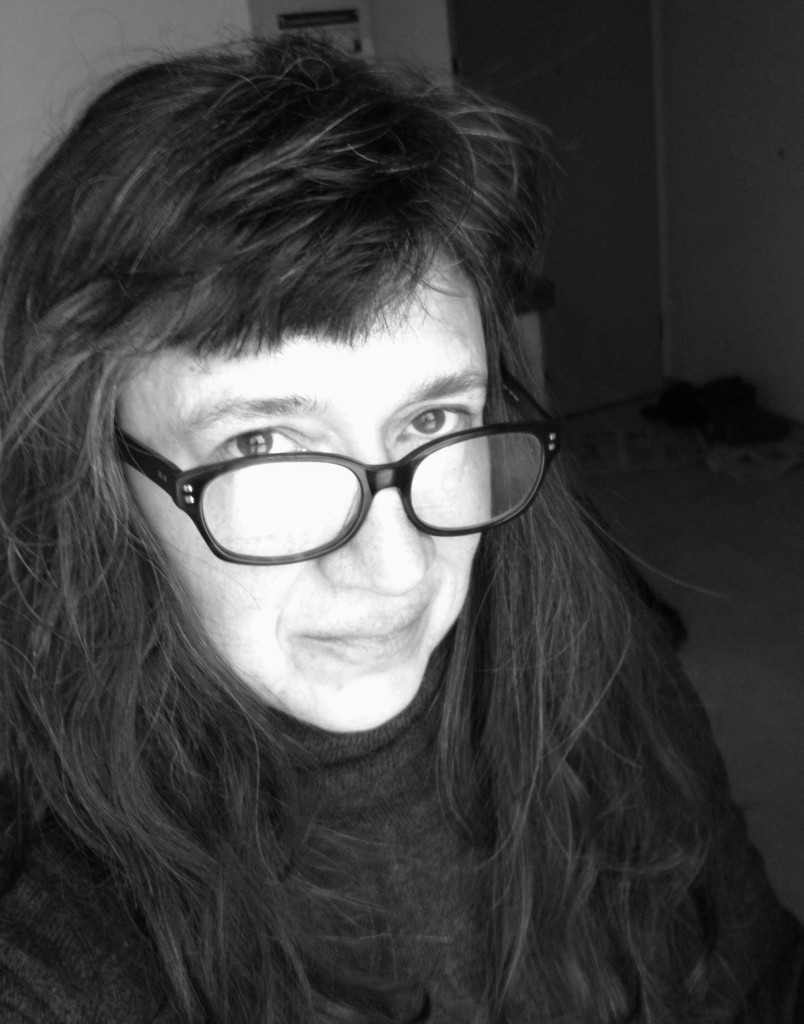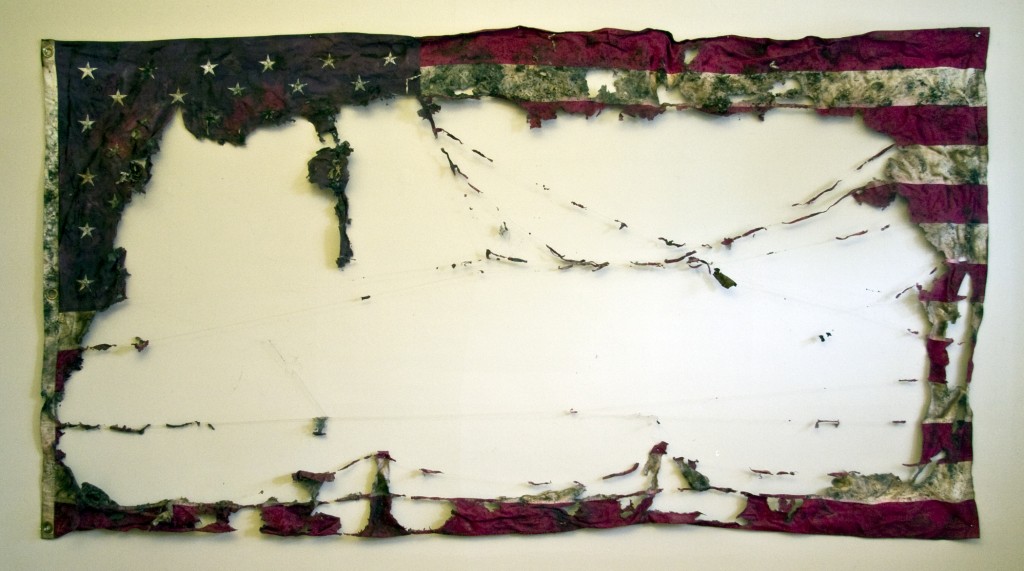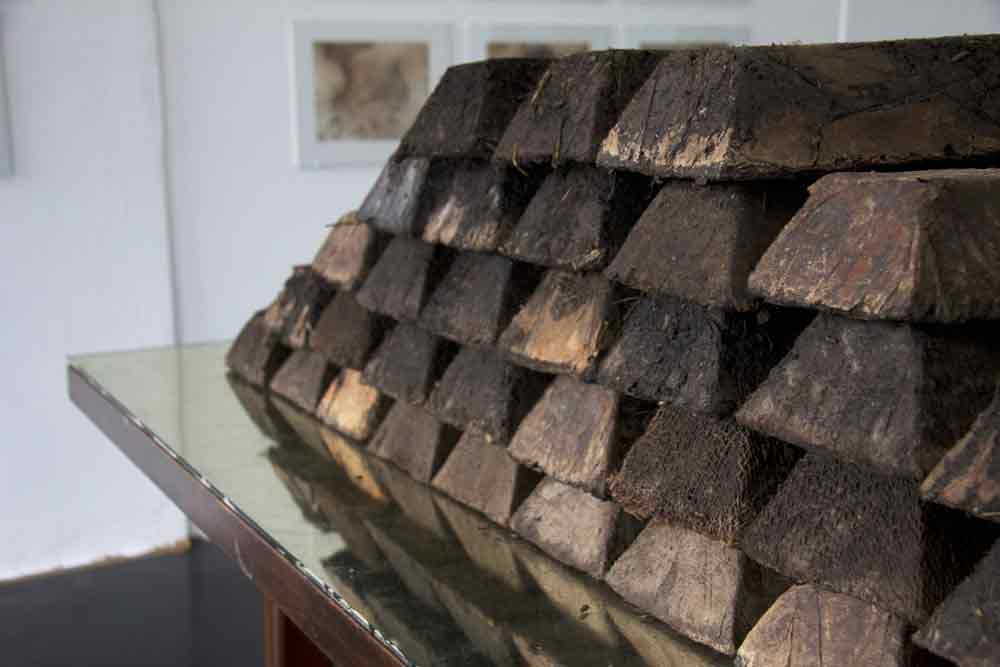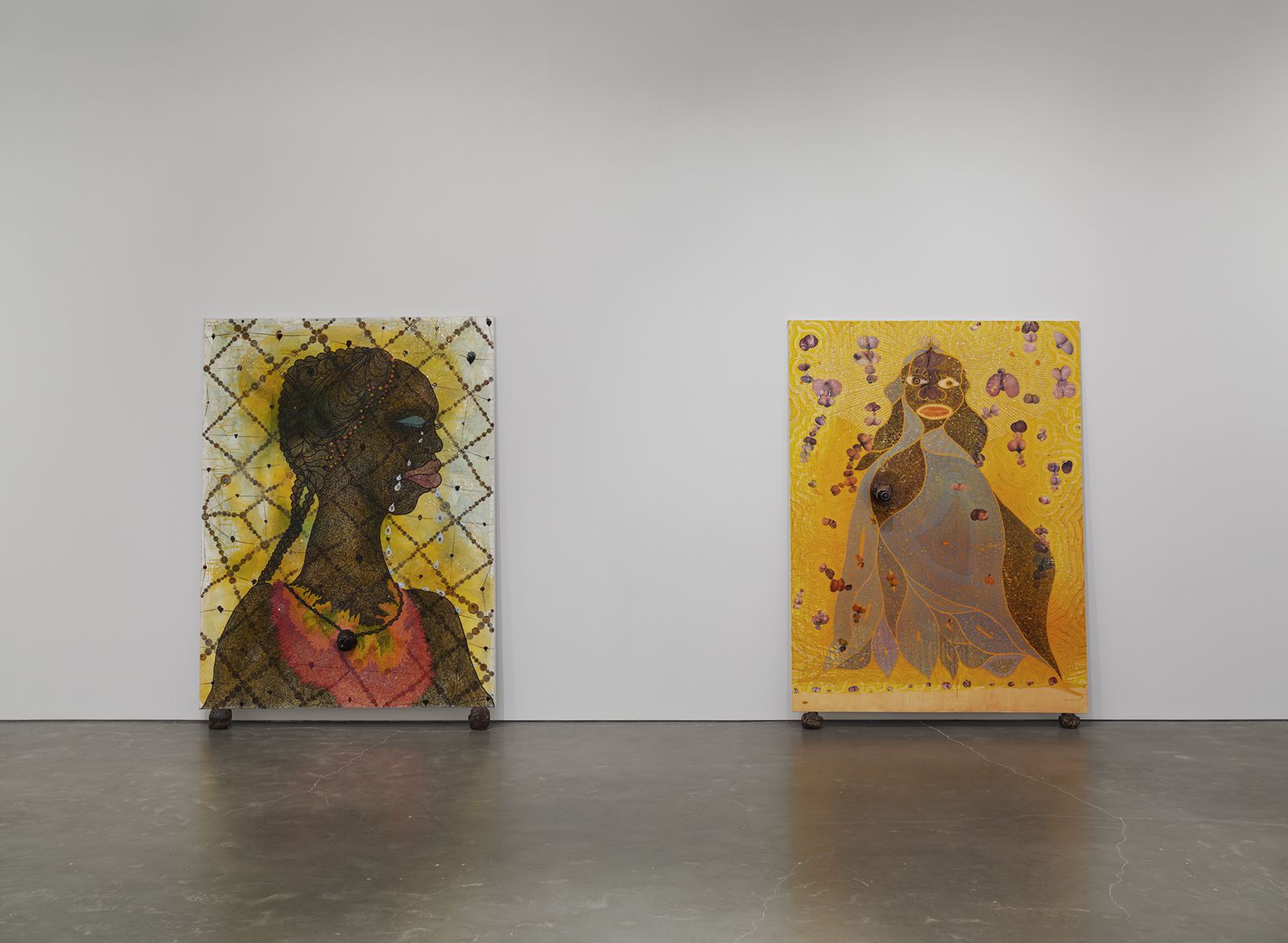5 Questions profiles SAIC students and faculty at work, in the school and beyond. F Newsmagazine spoke with Claire Pentecost, an artist, writer, and professor of photography at the School of the Art Institute of Chicago. Her interdisciplinary practice interrogates institutional structures that order knowledge.

What is your background?
I grew up in Atlanta, where race was a pervasive but sublimated issue until the resistance struggles that began before my childhood. By the time I went to high school, the civil rights movement was beginning to be historicized. It was a powerful part of my education, teaching me that injustice could be challenged and altered. I went to a Christian school from kindergarten until college. I am not an adherent of any religion, but the teachings of Jesus still inform my moral psychology: I still believe that every human deserves respect, the “bad” are only fallen, that I can’t do much better than hanging out with the people marginalized by society. I’ve always expanded my experience through books and I owe that proclivity to my book-loving family. I spent a lot of time at my grandparents’ farm wandering in unstructured time, living a fantasy of nature that I’ve spent years trying to untangle through my art practice.
What themes do you explore in your work?
The heart of my work is learning, arranging encounters with aspects of reality yet unknown to me. I am interested in whatever constitutes knowledge, how we change when we learn, how we often have to give something up to accept new information or resolve old and new contradictions. The long arc of my efforts as an artist and writer is guided mostly by the question of how the human configures itself in the intricate mesh that constitutes life in all its diversity. For the last 15 years this large question has been mostly focused on how we feed ourselves, a very complex matter that touches almost everything else we do.

What are you working on right now?
I’ve had a lot of opportunities to travel. For instance, this summer I went to Mongolia to make a work for the 3rd Mongolian Land Art Biennial. But right now I am thinking most about further developing a more locally grounded practice in Chicago. For several years I have explored with other artists and writers my surroundings by creating field trips, interviews, walks, and talks. This approach is a sort of microcosmic response to the understanding that I live in a place, a place called Earth, a place dramatically shaped by human activity but still ruled by the complex interactions of a vast system. I am fascinated by the singularity of our atmosphere, which was created by evolving life, which in turn made more life possible. The more I learn about the integrated planetary system that captures energy from a star and recycles its own waste, the more astonished I become that such a miracle could exist. More specifically I am making work for two Chicago shows opening in January, one at the DePaul Museum and the other at the Logan Center. I am also writing a book.
What do you enjoy most — or least — about SAIC?
The privileges of being an artist in our society are nearly unique. Every day we get to ask ourselves what we really care about. How do we want to spend our finite vitality in this life? And we get to answer those questions in ways of our own devising, without resorting to available scripts, most of which cramp the spirit, dull the mind, degrade the idea of work. SAIC is an extraordinary place because the school exists to help artists experiment with ways to understand these questions, and it doesn’t enforce a standard set of answers. Today we are living under conditions of calamitous changes that demand our lively participation. I feel that the mission of the school is not so much to prepare students for the world that already disastrously exists, but rather prepare artists to take part in a world that is coming into being.
That said, two facts about SAIC keep me awake at night: 1. students are paying enormous sums to be here, many setting up a future of debt peonage; and 2. there is a two-tiered system of employment in which full-time faculty are paid decently and equally talented and hard-working part-time faculty are shamefully underpaid. These two conditions are not a feature of SAIC alone, they are a scandal endemic to higher education in the USA.

Where do you like to go in Chicago?
In Chicago I like to go home. And to my studio. I am also quite happy to go to my job. I like to go walking almost anywhere, but especially to explore infrastructure like canals, rivers, ports, inter-modal transport zones, urban farms, drainage and sewer systems, bridges. My favorite view in Chicago is looking north from the Kinzie Street bridge. I love the lake but I rarely go there, because I think I don’t have time. But that is surely a state of mind.







